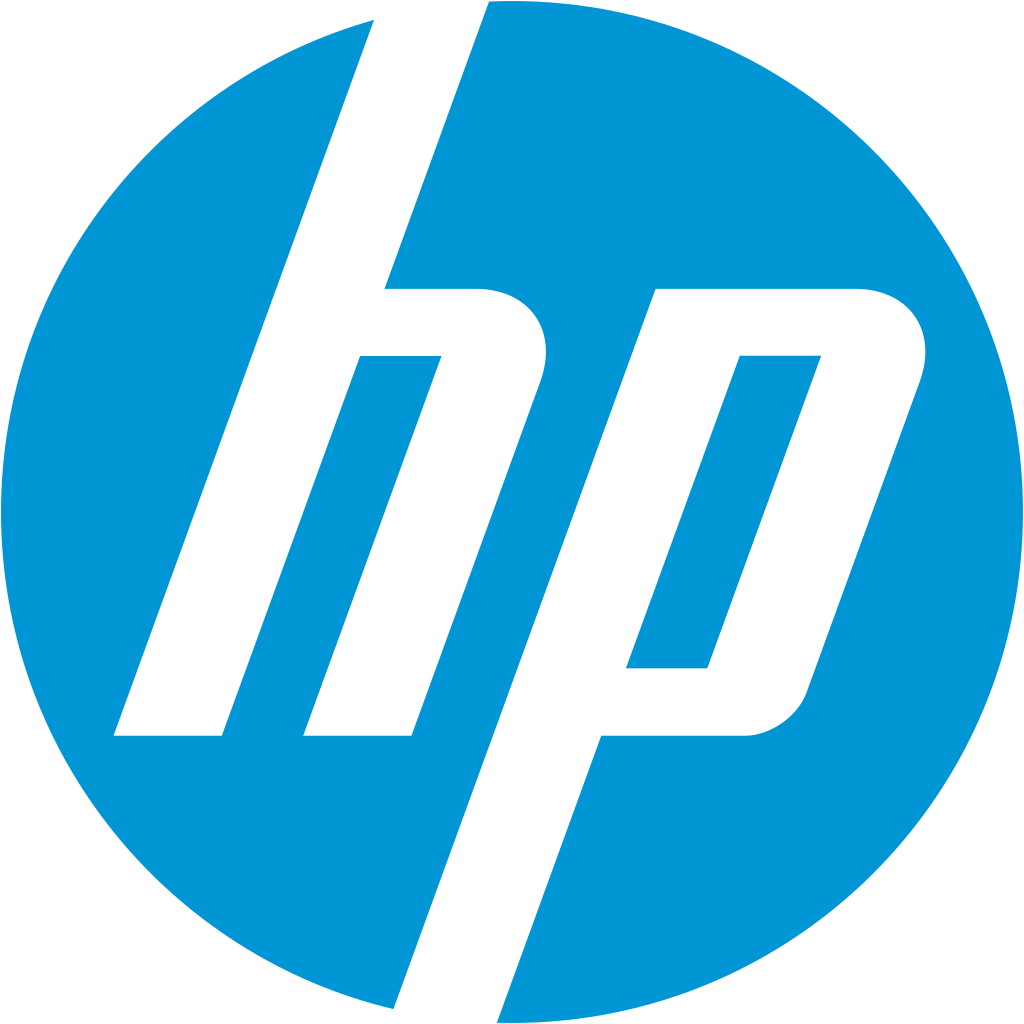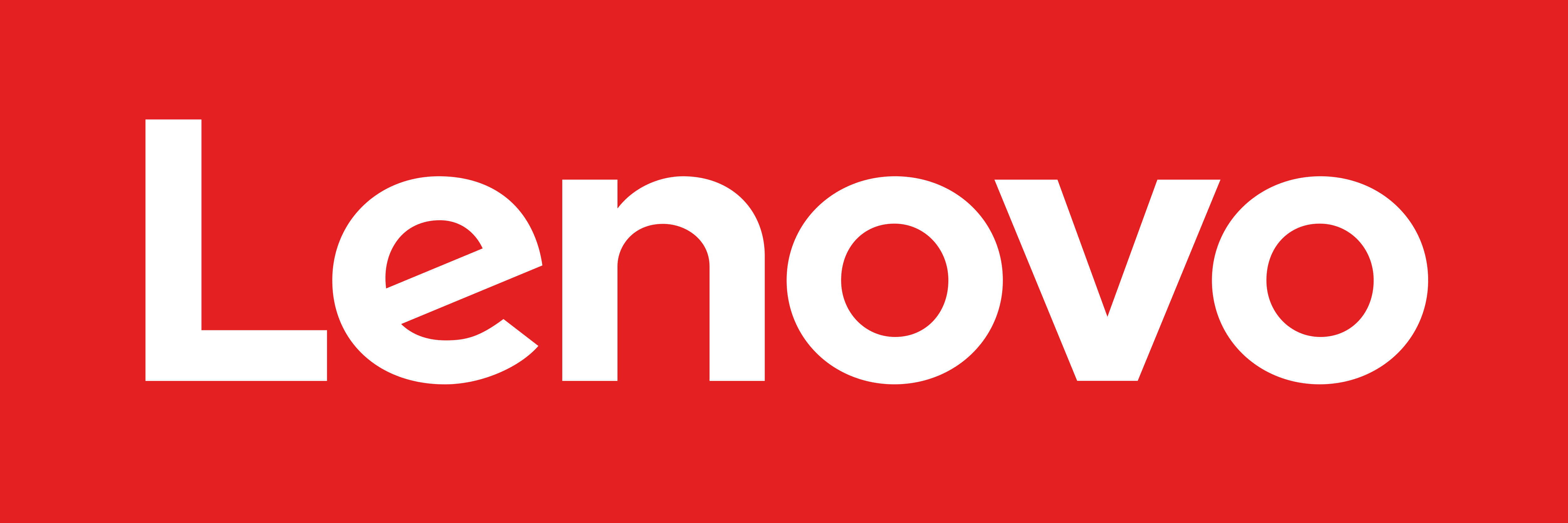Latest Posts
-
·
Revolutionizing K-12 Education: The Best AI Laptops of 2024
Introduction As the educational landscape continues to evolve, technology has emerged as a pivotal force in transforming the learning experience for students and teachers alike. Among the most exciting advancements in this space are AI-powered laptops, which are poised to redefine the way K-12 institutions approach teaching and learning. These cutting-edge devices, brimming with intelligent…
-
·
Harnessing AI in K-12: Intel, Google, and Microsoft Leading the Way
Artificial intelligence is revolutionizing K-12 education by transforming how students learn, and teachers instruct. Major industry players like Intel, Google, and Microsoft are creating advanced technology solutions to enhance the educational experience. These cutting-edge tools are reshaping personalized learning, increasing student engagement, and providing real-time feedback to help students achieve their full potential. This article…
-
Reviving Your K-12 Computer Labs: A Strategic Approach to Device Refresh
In today’s rapidly evolving education landscape, the success of K-12 institutions is increasingly tied to the effectiveness of their technology infrastructure. As the backbone of modern classrooms, computer labs play a crucial role in facilitating engaging learning experiences, fostering digital literacy, and preparing students for the demands of the 21st-century workforce. However, maintaining these labs…
-
IT Tips and Strategies For Preventing Device Issues On Test Day
Computer-held testing has become an integral part of the education system, providing educators with a convenient and efficient way to assess students’ knowledge and skills. As we discussed in our last blog, 3 Common Device Issues That Disrupt Standardized Testing, schools often encounter disruptive device issues on testing days. Common Testing Device Technical Issues: Troubleshooting Tips…
-
·
The Ultimate Guide to EdTech Grants for K-12 Schools in 2024
Integrating technology into the K-12 education system has become essential in today’s rapidly evolving world. EdTech (Educational Technology) solutions offer numerous benefits, including personalized learning experiences, improved student engagement, and streamlined administrative processes. However, many schools face budget constraints that hinder their ability to invest in the necessary hardware and software. That’s where grants come…
-
·
2024 EdTech Trends and Challenges: Building The Future of K-12 Education
The landscape of K-12 education has undergone a significant transformation in recent years, thanks to the rapid advancements in education technology. Technology integration in classrooms has revolutionized how students learn, and teachers teach. EdTech continues to open new avenues in personalized learning, collaboration, and student engagement year after year, enhancing the overall educational experience. As…
















